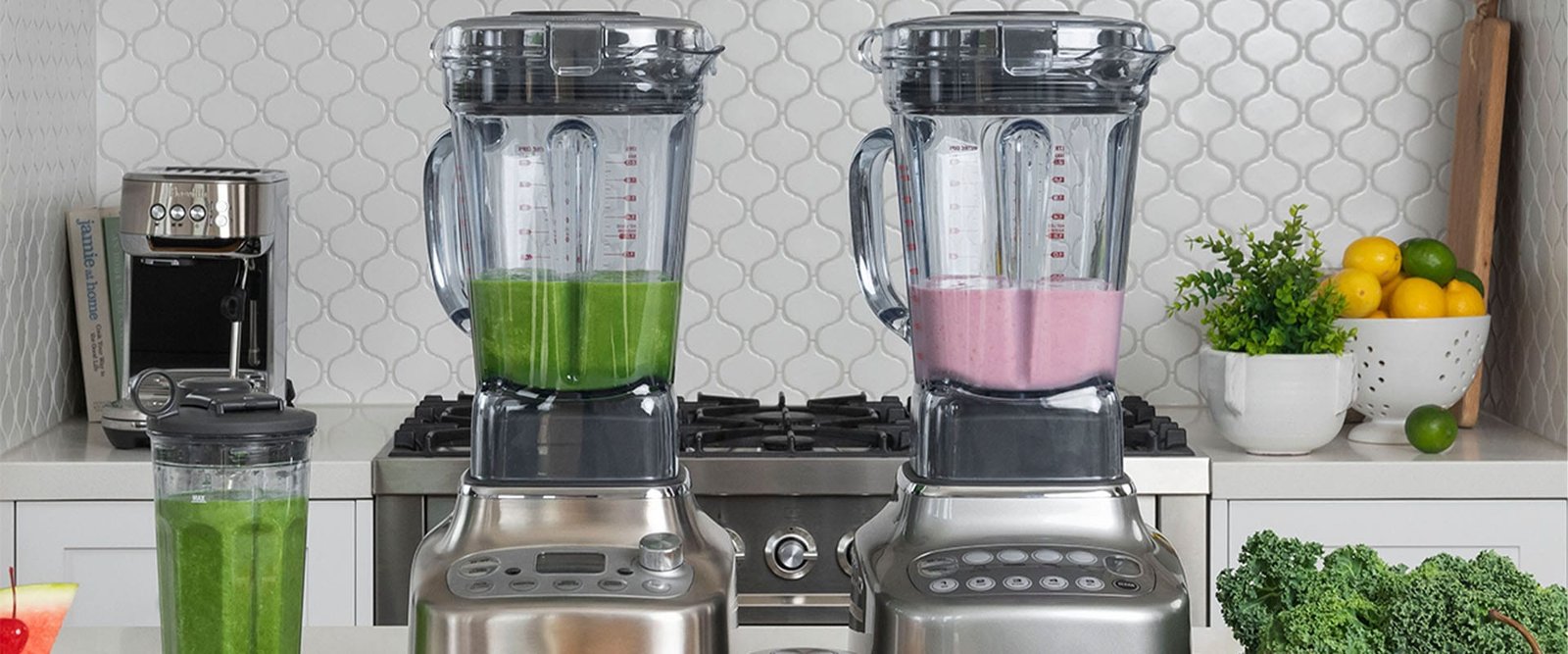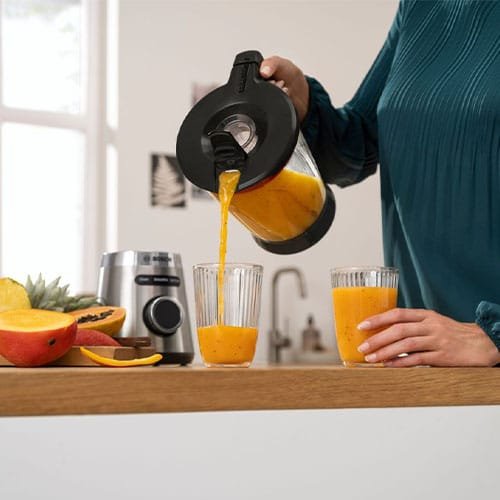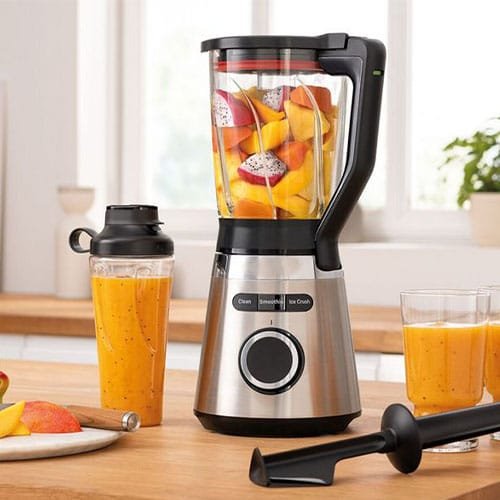1. Introduction
In modern kitchens, blenders have become one of the indispensable small appliances. With its high efficiency and convenience, it helps us easily make a variety of delicious foods. However, while many consumers enjoy the convenience brought by blenders, they often overlook the importance of their maintenance.
Proper maintenance can not only extend the life of the blender, but also ensure that it always performs at its best. Below, we will share some blender maintenance tips to help you better take care of your kitchen helper.

2. The importance of mixer maintenance
1. Improve work efficiency: A regularly maintained blender can maintain optimal working condition and improve food processing efficiency.
2. Extend service life: Reasonable maintenance can reduce wear and tear and extend the service life of the blender.
3. Save costs: Good maintenance can reduce the number of repairs and the cost of replacing parts.
4. Ensure food safety: A clean blender can prevent bacterial growth and ensure food hygiene.
3. Tips for blender maintenance
1. Inspection before use
(1) Confirm the power supply: Before using the blender, make sure that the power socket is in good contact and the voltage is stable.
(2) Check the parts: Check whether the various parts of the blender are intact, especially the blades, blender cup and seals.
2. Use the blender correctly
(1) Follow the instructions: Follow the operating steps in the product manual and do not overload.
(2) Appropriate cutting: Cut the ingredients appropriately to suit the capacity of the blender and the processing capacity of the blades.
(3) Avoid running without load: Do not start the blender without ingredients to avoid damaging the blades.
3. Cleaning and maintenance after use
(1) Timely cleaning:
After use, clean all parts of the blender immediately to prevent food residue from drying and becoming difficult to clean.
(2) Clean the blades correctly:
The blades are an important part of the blender. Be careful when cleaning. Use a sponge or soft cloth to wipe gently to avoid scratches.
(3) Clean the blender cup:
Use warm water and neutral detergent to clean the blender cup. Avoid using abrasive detergents to avoid damaging the cup wall.
(4) Dry storage:
After cleaning, the parts should be thoroughly dried before storage to prevent rusting of the parts in a humid environment.

4. Regular deep cleaning and maintenance
(1) Disassemble parts: Regularly disassemble the removable parts of the blender for thorough cleaning.
(2) Check the seal: Regularly check the wear of the seal and replace it if damaged.
(3) Lubricate the bearing: Regularly add lubricating oil to the blender’s bearings according to the frequency of use to keep it running smoothly.
(4) Check the power cord: Check if the power cord is damaged. If damaged, replace it in time.
4.Common problems and solutions
1. The blender does not run smoothly
Solution: Check if there is any food stuck between the blade and the cup wall. Clean it and restart it. If it still does not work, check if the bearing needs lubrication.
2. The blender makes too much noise
Solution: The blade may be loose or the bearing is worn. Stop the machine to check and adjust the blade. Replace the bearing if necessary.
3. The blender cannot start
Solution: Check if the power cord and socket are normal and confirm that all parts are installed correctly.

5. Summary
The maintenance of a blender is not complicated. The key lies in daily usage habits and regular inspection and maintenance.
With the above tips, you can keep the blender in the best condition, extend its service life, and bring more convenience to your life.
Remember, a properly maintained blender can not only improve cooking efficiency, but also ensure food safety, allowing you and your family to enjoy healthy and delicious food.
I hope that the sharing of this article will be helpful to you and make your blender an indispensable good helper in the kitchen.